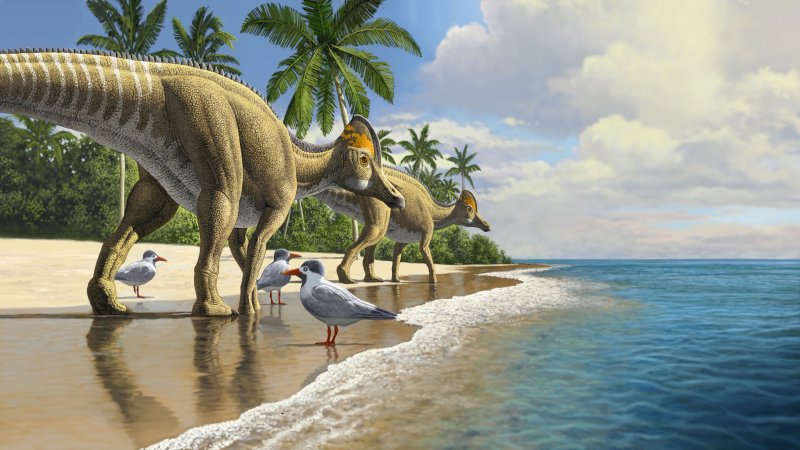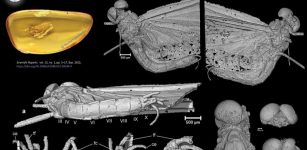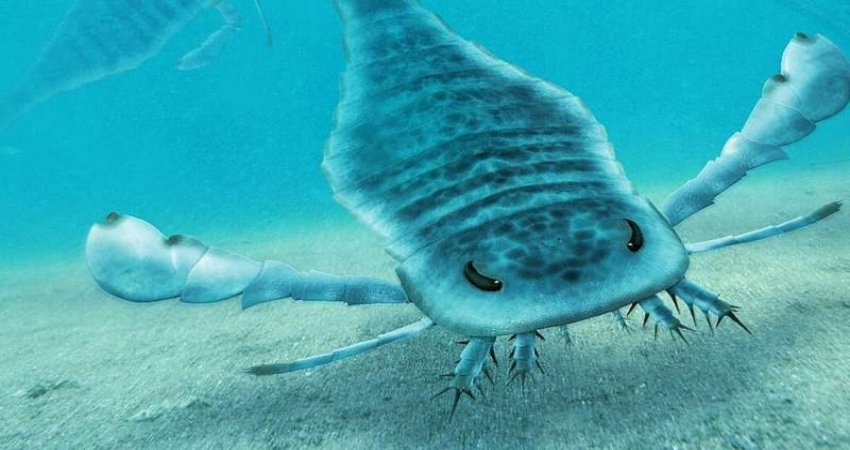A 375-Million-Year-Old Fish Was The Land-Walking Creature
MessageToEagle.com – A 375-million-year-old crocodile-like fish – Tiktaalik roseae could grow up to nine feet in length and hunted in shallow freshwater environments.
It’s the best representation of transitional species between fish and land-dwelling tetrapods. Tiktaalik roseae – better known as the “fishapod” – was discovered in the Canadian Arctic in 2004. Its discovery sheds light on a crucial point in the history of life on Earth: when the very first fish ventured out onto land.

Now, researchers at the University of Chicago analyzed a number of well-preserved fossil bones from the Canadian site.
The results that show the evolution of hind legs began as enhanced hind fins, simultaneously challenge existing theory that large, mobile hind appendages were developed only after vertebrates transitioned to land.
“Previous theories, based on the best available data, propose that a shift occurred from ‘front-wheel drive’ locomotion in fish to more of a ‘four-wheel drive’ in tetrapods,” said University of Chicago paleontologist PhD Neil Shubin and corresponding author of the study.
“But it looks like this shift actually began to happen in fish, not in limbed animals.”

“It’s reasonable to suppose with those big fin rays that Tiktaalik used its hind fins to swim like a paddle,” Shubin said. “But it’s possible it could walk with them as well. African lungfish living today have similarly large pelves, and we showed in 2011 that they walk underwater on the bottom.”
Tiktaalik – a mix of fish and amphibian traits – looks like a cross between the primitive fish it lived amongst and the first four-legged animals (a group called “tetrapods” from tetra-, meaning four, and -pod, meaning foot.
Actually, all animals that descended from these pioneer amphibians, including us, can be called tetrapods.
Tiktaalik lived approximately 12 million years before the first tetrapods. So, the existence of tetrapod features in a fish like Tiktaalik is significant because it marks the earliest appearance of these novel features in the fossil record.
MessageToEagle.com










